Jean-Michel Othoniel decodes the secret language of flowers in the Louvre’s collections
The artist has published a new book about the flowers within the storied Paris museum’s art collection, alongside an intervention of new paintings in its glass-roofed French sculpture hall
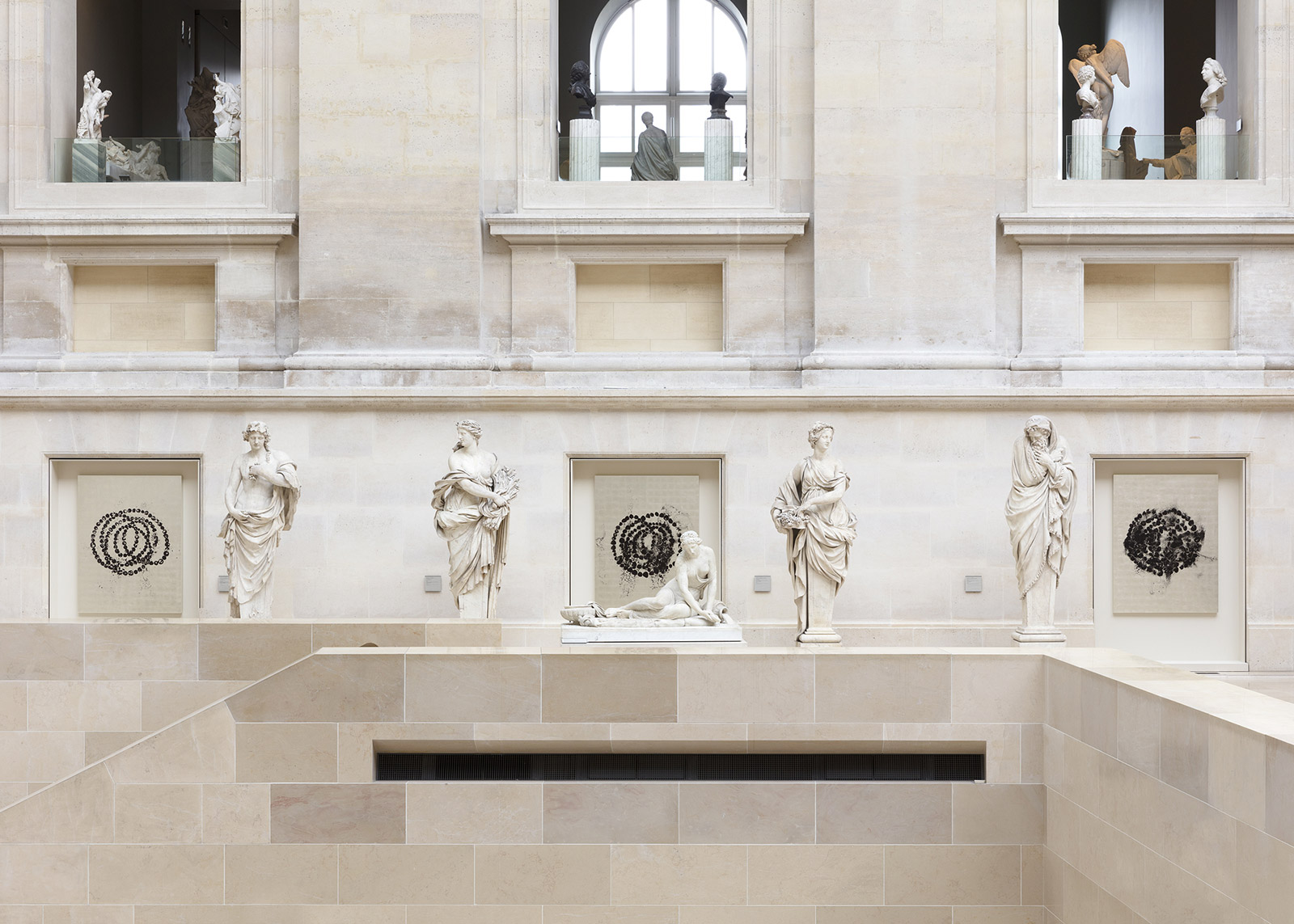
Jean-Michel Othoniel has a fascination with flowers. Long before the French artist became known for his joyful, gold-plated fountain in the gardens of Versailles and his cascading wave of Indian glass bricks, he was already exploring floral motifs, explaining, ‘My first works played with anemones buried in sulphur, cut and dissected pomegranates, flower petals pinned to walls.’ This fascination led him to amass extensive notes on the history of plants, and develop a habit of photographing his favourite species. Flowers, in his view, ‘are a way of looking at the world – and an expression of my desire to see the marvels that surround us’.
So it makes perfect sense that his new intervention at the Louvre would focus on flowers and their hidden meanings. Unveiled to coincide with the 30th anniversary of IM Pei’s grand pyramid, Othoniel’s project comprises two parts: a book about the flowers within the museum’s collections, and a series of original paintings installed in the glass-roofed Cour Puget.
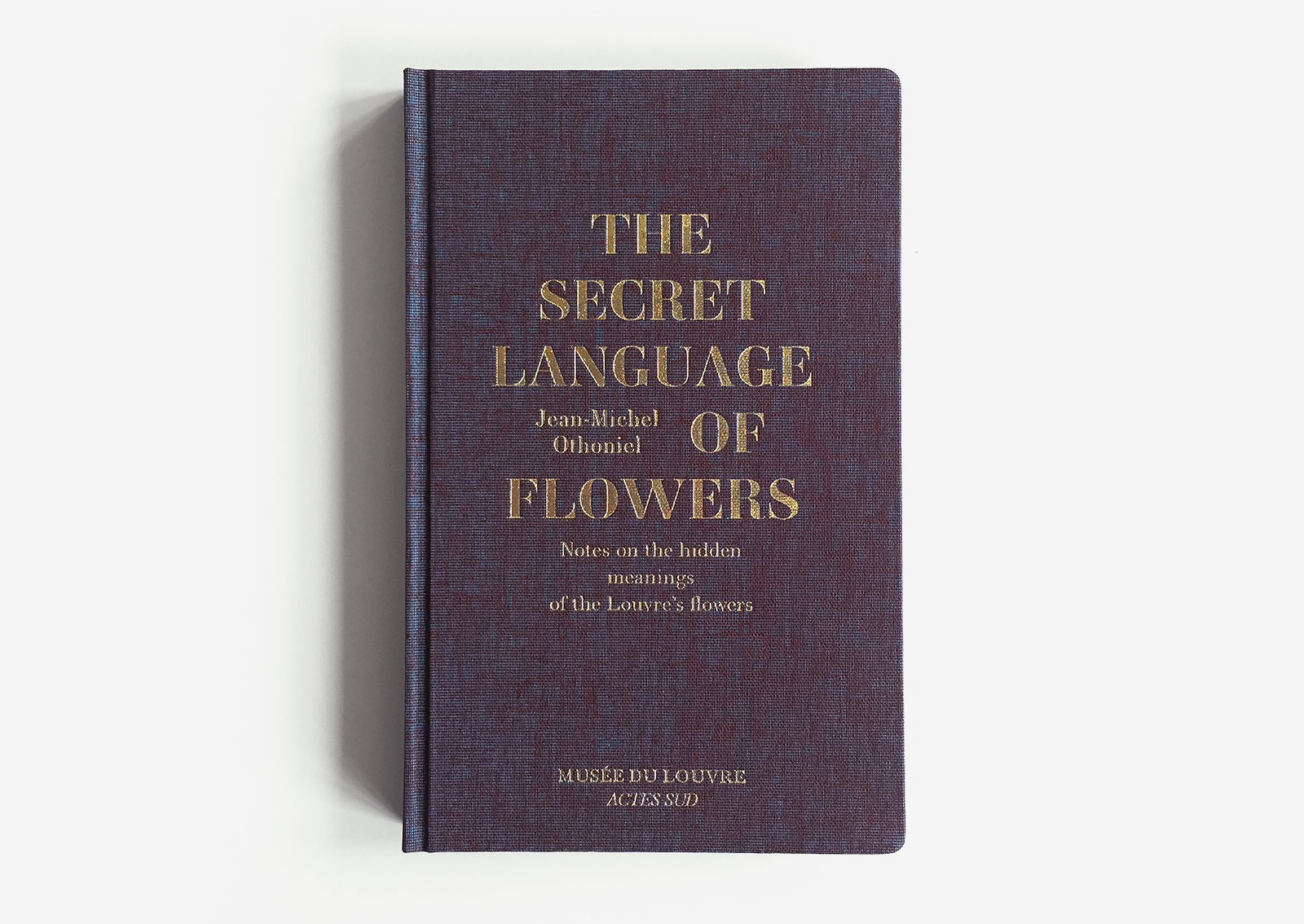
The Secret Language of Flowers is published by Musée du Louvre/Actes Sud
Titled The Secret Language of Flowers: Notes on the Hidden Meanings of the Louvre’s Flowers, the petite volume is just that. A compendium of painstakingly researched notes on 99 floral species, each titled by its common and scientific names, with a small photograph above and text underneath referring to its geographical origins, its place in ancient mythology and religious tradition, its cultural associations, and the role it has come to play in the history of art. The genius lies on the page opposite the text, displaying a full-bleed detail shot of an artwork in the Louvre in which the species is shown. Othoniel spent 18 months researching and photographing these artworks, roaming the galleries every Tuesday (when the museum was closed to the public) and delving into all eight curatorial departments.
The featured artworks, then, range from an Assyrian frieze, showing a winged spirit with pine cone in hand; a 17th-century Delft ceramic plate, painted with Chinese chrysanthemums; Da Vinci’s The Virgin of the Rocks, which has white irises in the foreground as the Virgin Mary cradles the infant Jesus; and Tiepolo’s Apollo and Daphne, which sees Daphne being transformed into a laurel tree. With the simple, yet deft pairing of artwork and contextual information, Othoniel unlocks a visual vocabulary that has often been neglected, and presents the reader with a new lens through which to appreciate historic masterpieces.
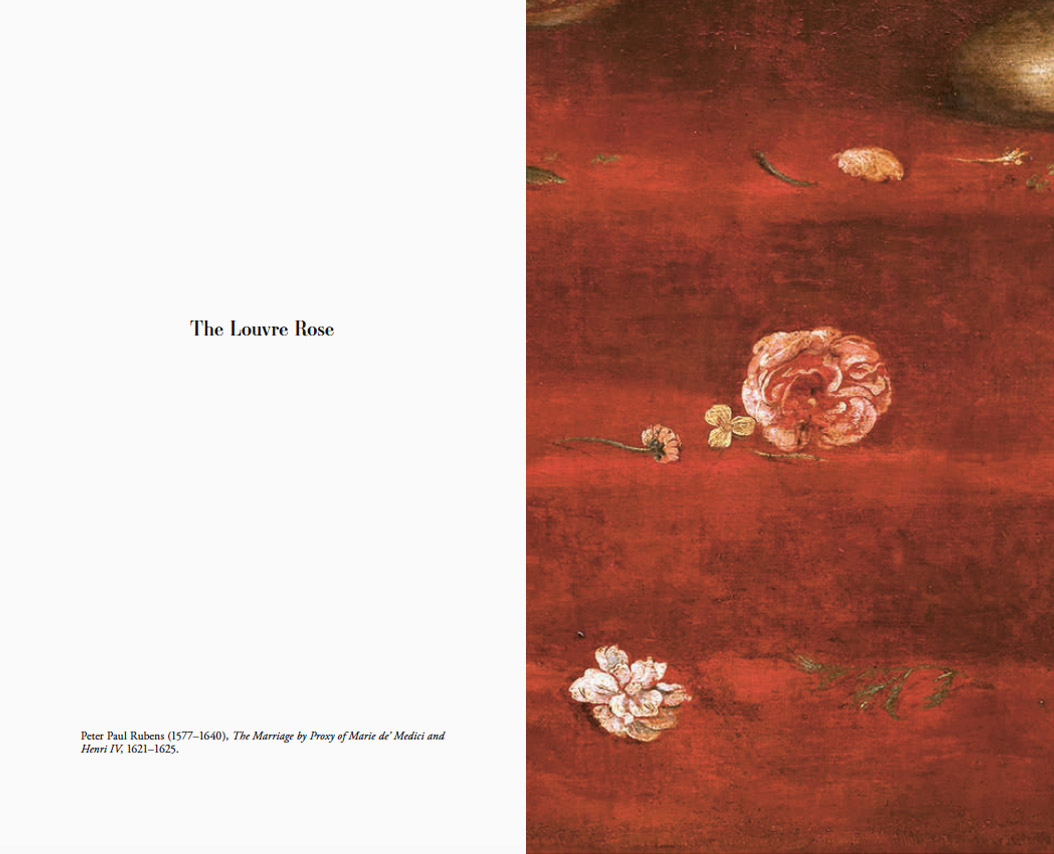
The Marriage by Proxy of Marie de’ Medici and Henri IV, 1621-1625, by Peter Paul Rubens, pictured in a spread from The Secret Language of Flowers
One work captured the artist’s imagination above the rest – a painting from Peter Paul Rubens’ fabled Marie de’ Medici cycle (above), depicting the Florentine princess at her proxy wedding to King Henry IV (the ceremony took place in the Cathedral of Florence, with the bride’s uncle standing in for the French king, who couldn’t personally attend). On the steps of the altar, upholstered in a regal red, Rubens drew a single rose that had ostensibly fallen from the wedding wreath, its petals unfurling in vivid detail. ‘A rose that is the art of painting itself, with lightning brushstrokes, shattering the colours of the canvas,’ describes Othoniel. ‘Blood red, illuminated by white, symbol of passion and power, of erudition and sensuality, this rose is the rose of mystery, the flower of the Louvre.’
And so Othoniel created his new paintings, six in total, in homage to Marie de’ Medici’s rose. Each shows a single rose, abstracted into a mighty swirl of beaded forms and drawn in ink on a gleaming golden canvas. Displayed in the niches of the Cour Puget, amid the finest examples of outdoor statuary, Othoniel’s intervention is a fitting homage to the glory of France, to a queen who would become the nation’s foremost patron of the arts, and to the Louvre, a cultural institution that holds a special place in many hearts.
Indeed, La Rose du Louvre has been a homecoming for Othoniel himself. ‘As a student, I worked as an attendant at the Louvre. I guarded the paintings, monitored the visitors, and even cleaned the galleries,’ he recalls. ‘So it’s very moving to have a show here, 30 years later.’
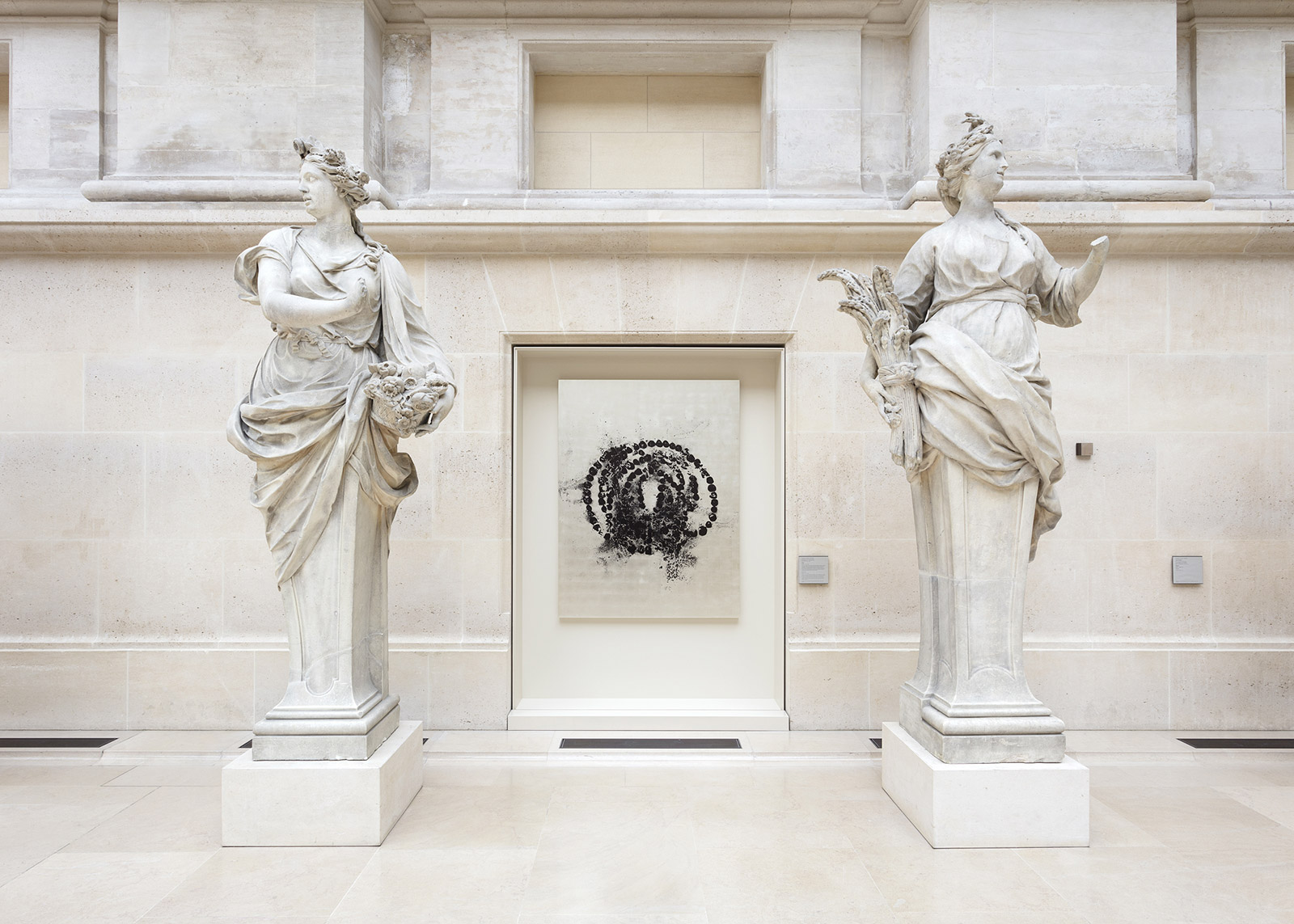
La rose du Louvre, 2019, by Jean-Michel Othoniel.
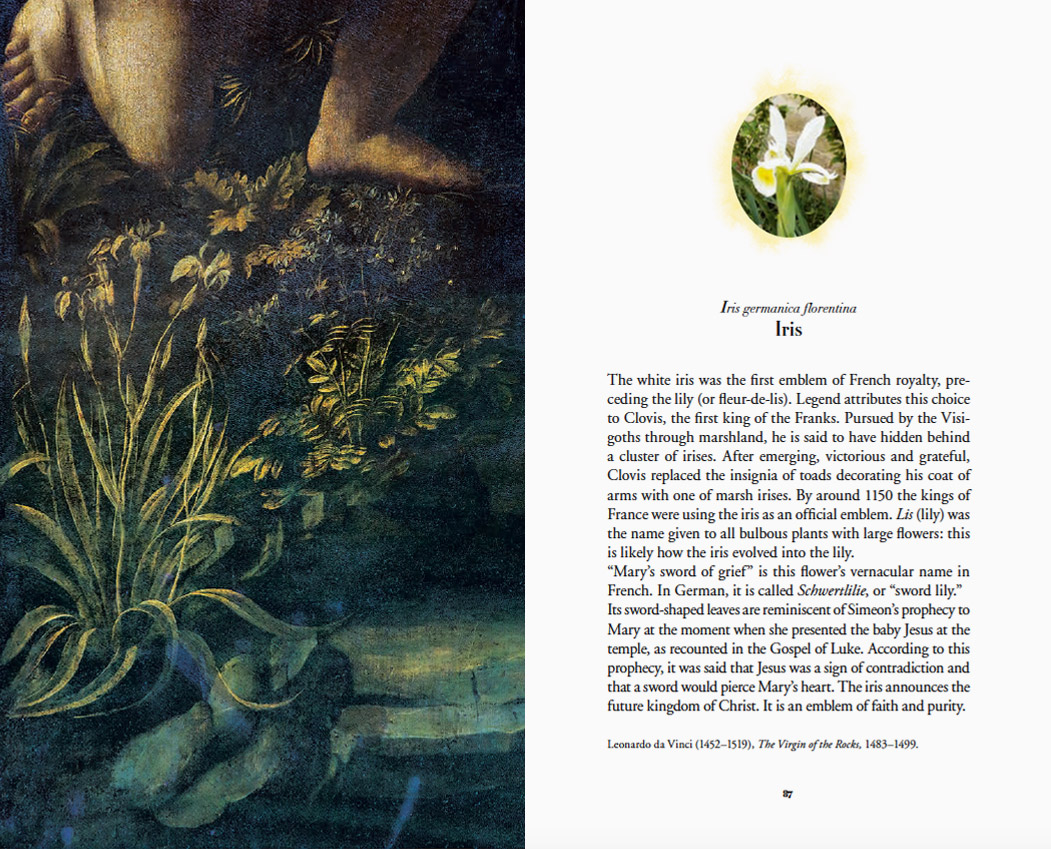
A spread from Jean-Michel Othoniel’s The Secret Language of Flowers: Notes on the Hidden Meanings of the Louvre’s Flowers
INFORMATION
The Secret Language of Flowers, €35, published by Musée du Louvre/Actes Sud. La Rose du Louvre, 25 May 2019 – 24 February 2020, Louvre Museum. louvre.fr; othoniel.fr
ADDRESS
Louvre Museum
Rue de Rivoli
75001 Paris
Receive our daily digest of inspiration, escapism and design stories from around the world direct to your inbox.
TF Chan is a former editor of Wallpaper* (2020-23), where he was responsible for the monthly print magazine, planning, commissioning, editing and writing long-lead content across all pillars. He also played a leading role in multi-channel editorial franchises, such as Wallpaper’s annual Design Awards, Guest Editor takeovers and Next Generation series. He aims to create world-class, visually-driven content while championing diversity, international representation and social impact. TF joined Wallpaper* as an intern in January 2013, and served as its commissioning editor from 2017-20, winning a 30 under 30 New Talent Award from the Professional Publishers’ Association. Born and raised in Hong Kong, he holds an undergraduate degree in history from Princeton University.
-
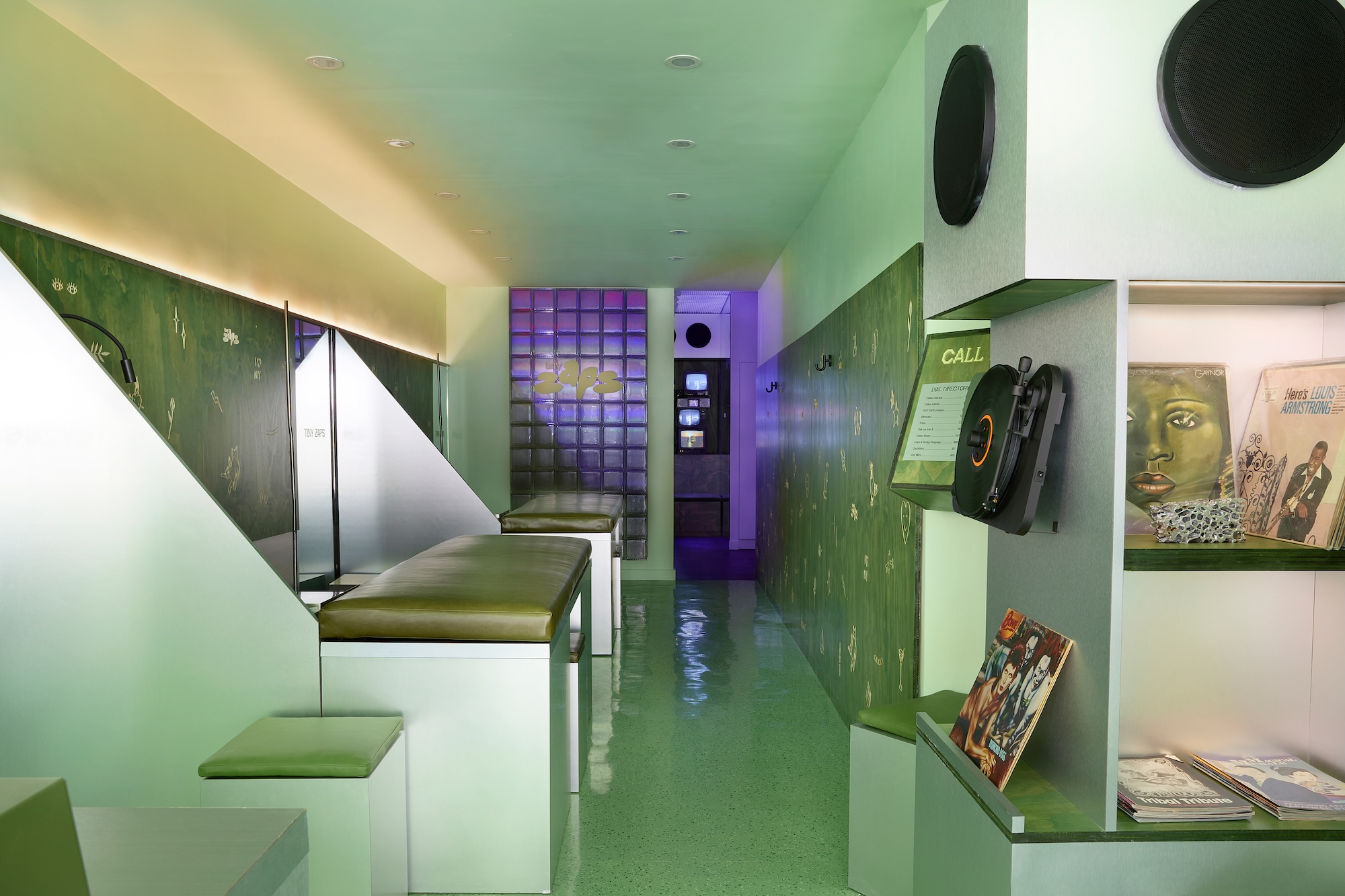 Terrified to get inked? This inviting Brooklyn tattoo parlour is for people who are 'a little bit nervous'
Terrified to get inked? This inviting Brooklyn tattoo parlour is for people who are 'a little bit nervous'With minty-green walls and an option to 'call mom', Tiny Zaps' Williamsburg location was designed to tame jitters
-
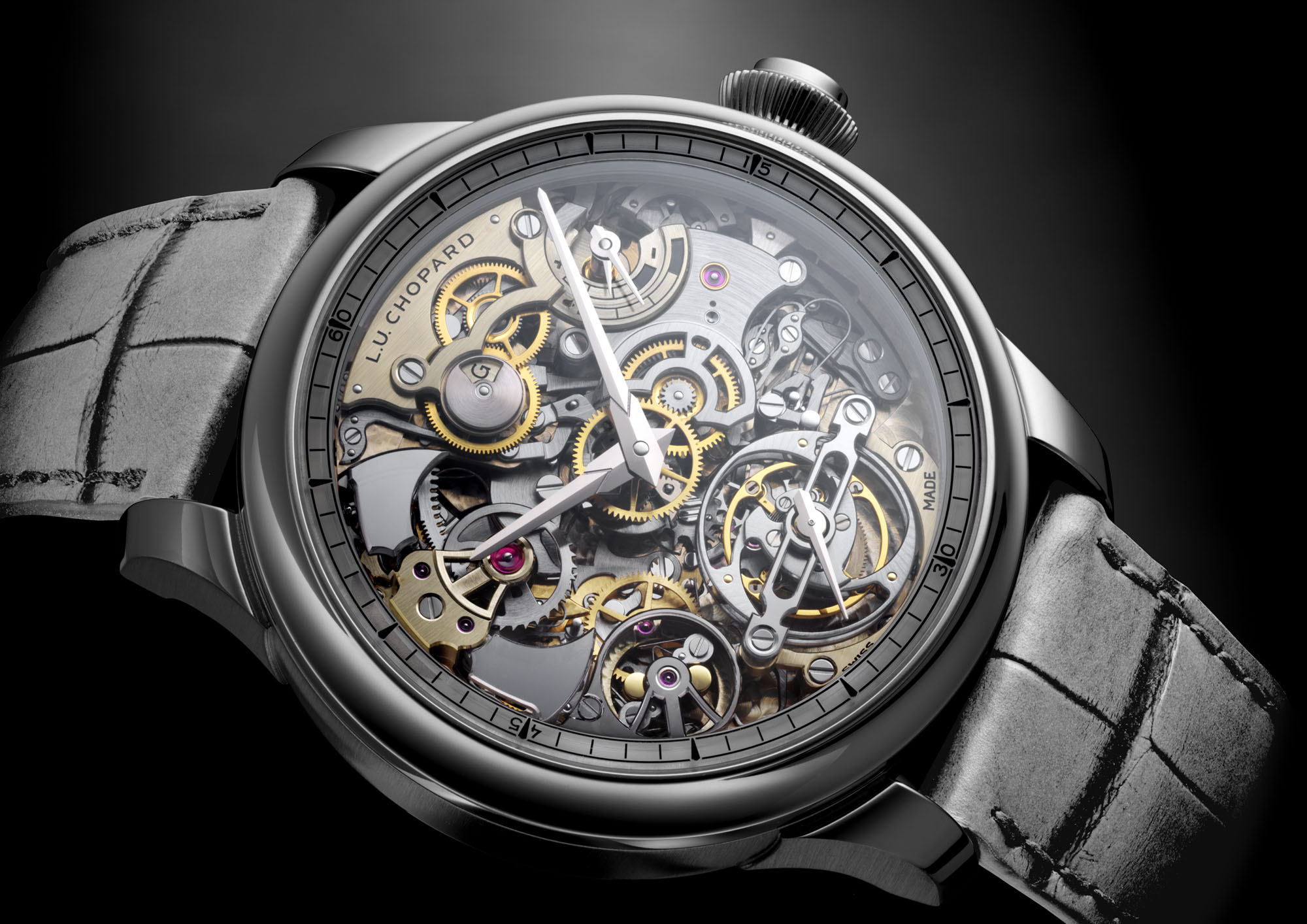 Let’s hear it for the Chopard L.U.C Grand Strike chiming watch
Let’s hear it for the Chopard L.U.C Grand Strike chiming watchThe Swiss watchmaker’s most complicated timepiece to date features an innovative approach to producing a crystal-clear sound
-
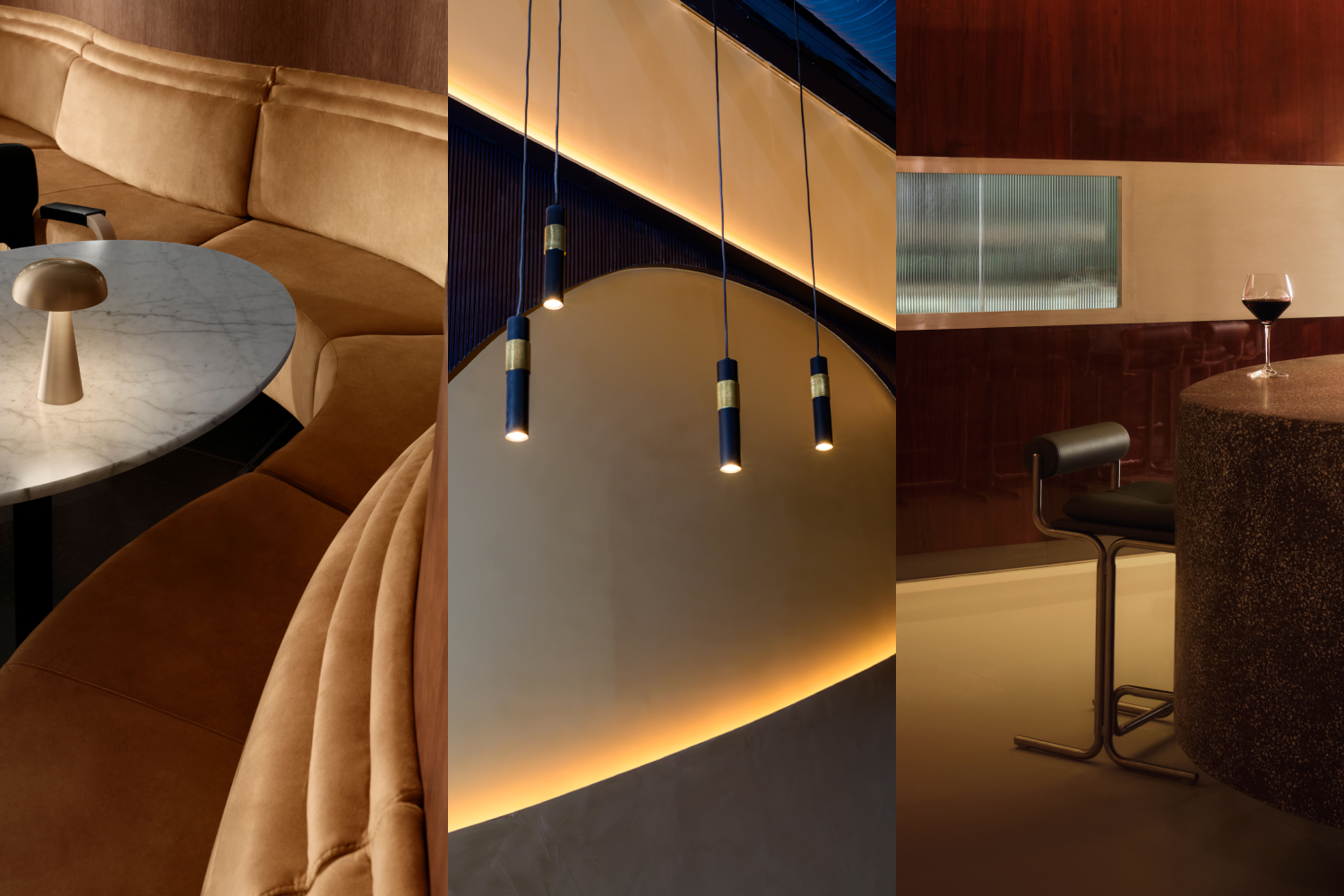 Form... and flavour? The best design-led restaurant debuts of 2025
Form... and flavour? The best design-led restaurant debuts of 2025A Wallpaper* edit of the restaurant interiors that shaped how we ate, gathered and lingered this year
-
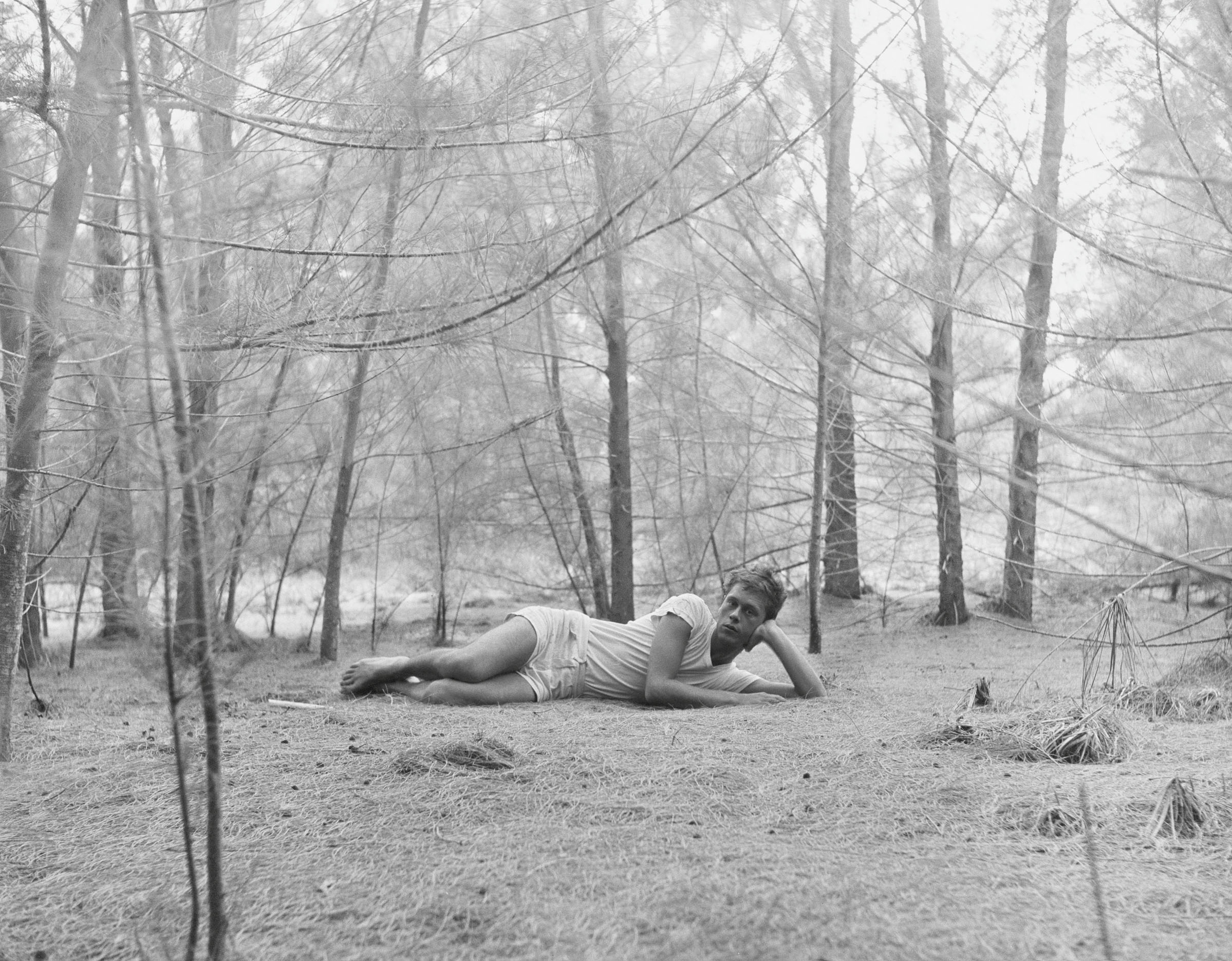 Inside the seductive and mischievous relationship between Paul Thek and Peter Hujar
Inside the seductive and mischievous relationship between Paul Thek and Peter HujarUntil now, little has been known about the deep friendship between artist Thek and photographer Hujar, something set to change with the release of their previously unpublished letters and photographs
-
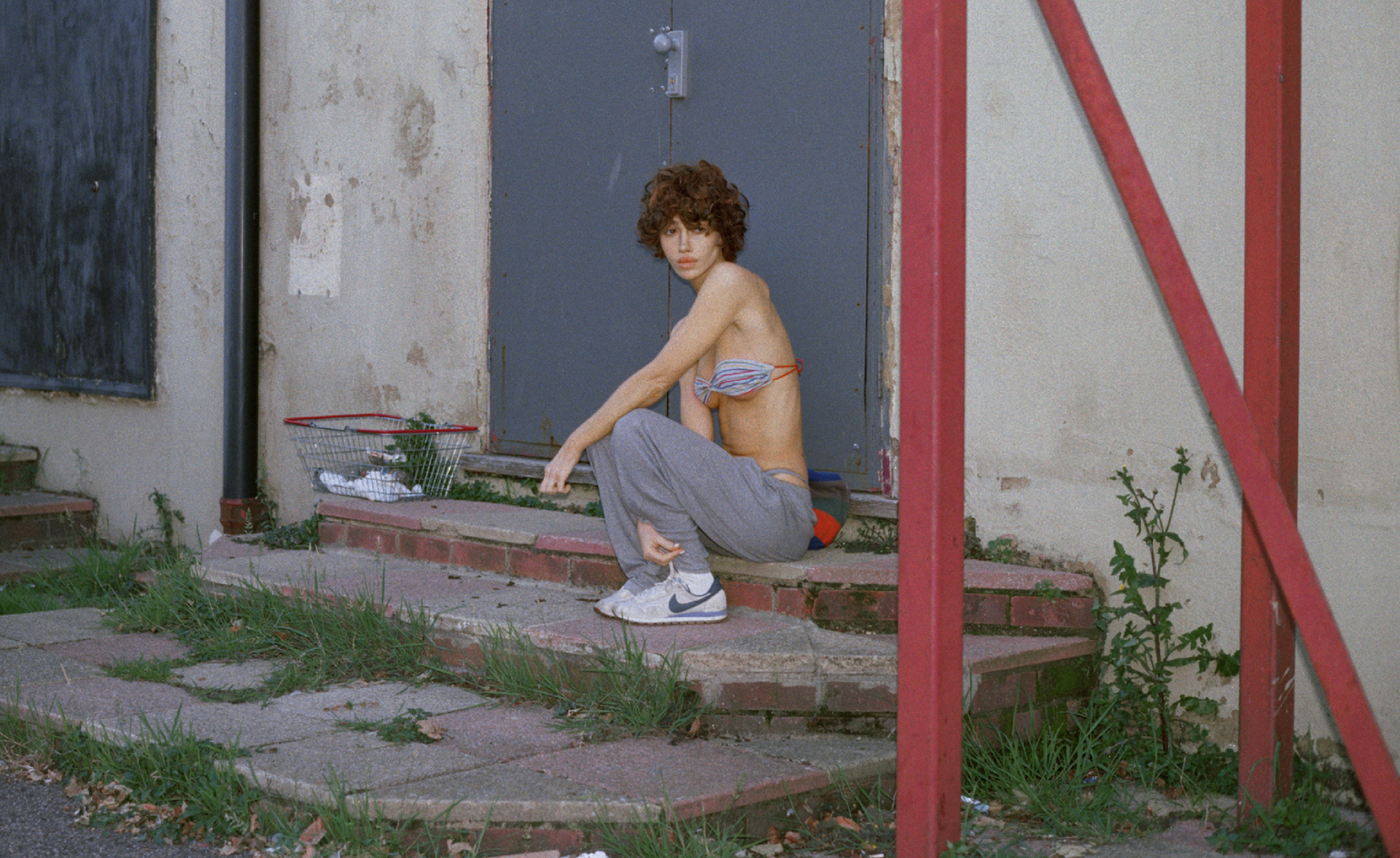 Nadia Lee Cohen distils a distant American memory into an unflinching new photo book
Nadia Lee Cohen distils a distant American memory into an unflinching new photo book‘Holy Ohio’ documents the British photographer and filmmaker’s personal journey as she reconnects with distant family and her earliest American memories
-
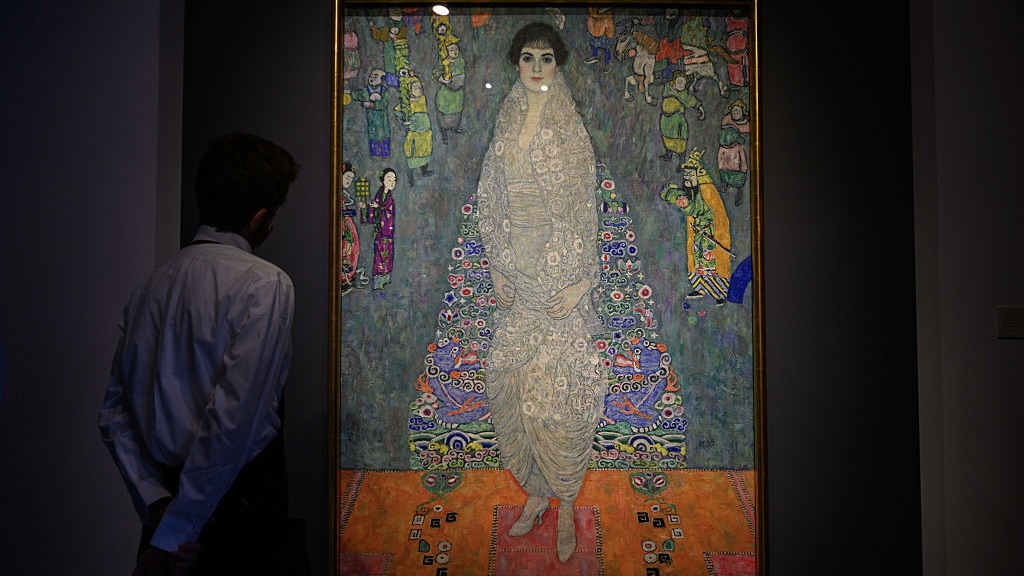 This Gustav Klimt painting just became the second most expensive artwork ever sold – it has an incredible backstory
This Gustav Klimt painting just became the second most expensive artwork ever sold – it has an incredible backstorySold by Sotheby’s for a staggering $236.4 million, ‘Portrait of Elisabeth Lederer’ survived Nazi looting and became the key to its subject’s survival
-
 Meet Eva Helene Pade, the emerging artist redefining figurative painting
Meet Eva Helene Pade, the emerging artist redefining figurative paintingPade’s dreamlike figures in a crowd are currently on show at Thaddaeus Ropac London; she tells us about her need ‘to capture movements especially’
-
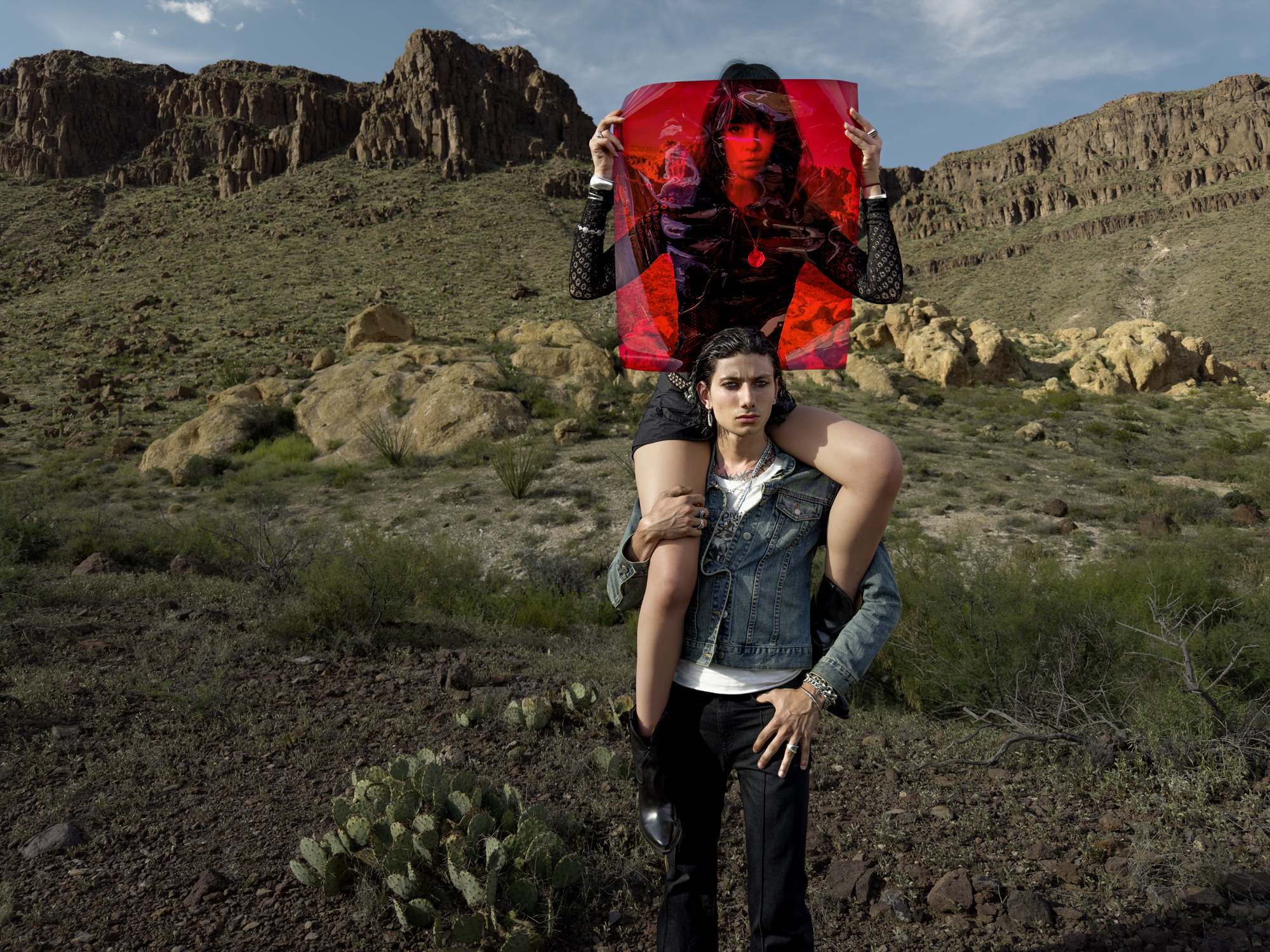 Inez & Vinoodh unveil romantic new photography series in Paris
Inez & Vinoodh unveil romantic new photography series in ParisA series of portraits of couple Charles Matadin and Natalie Brumley, created using an iPhone in Marfa, Texas, goes on show in Paris
-
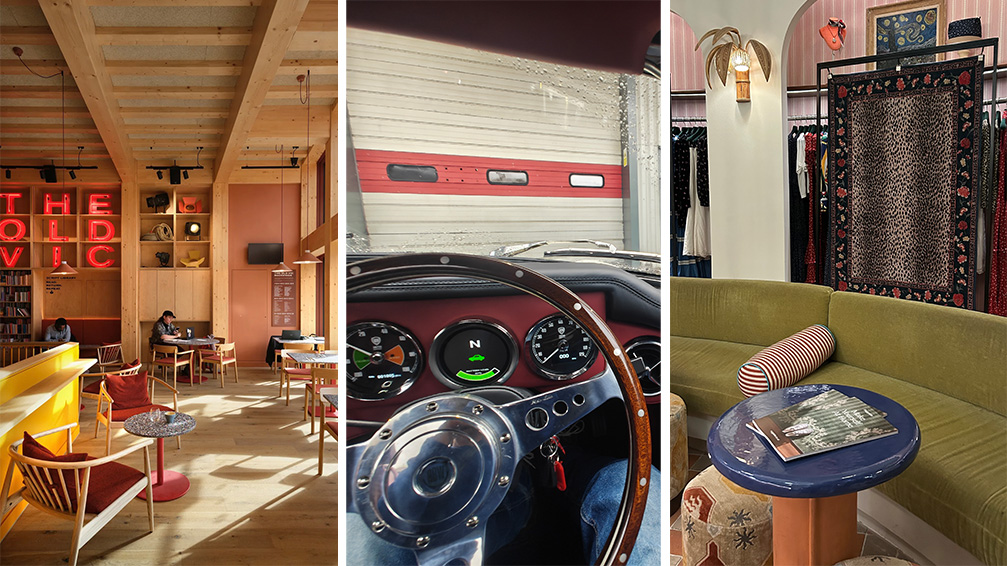 Out of office: The Wallpaper* editors’ picks of the week
Out of office: The Wallpaper* editors’ picks of the weekThe rain is falling, the nights are closing in, and it’s still a bit too early to get excited for Christmas, but this week, the Wallpaper* team brought warmth to the gloom with cosy interiors, good books, and a Hebridean dram
-
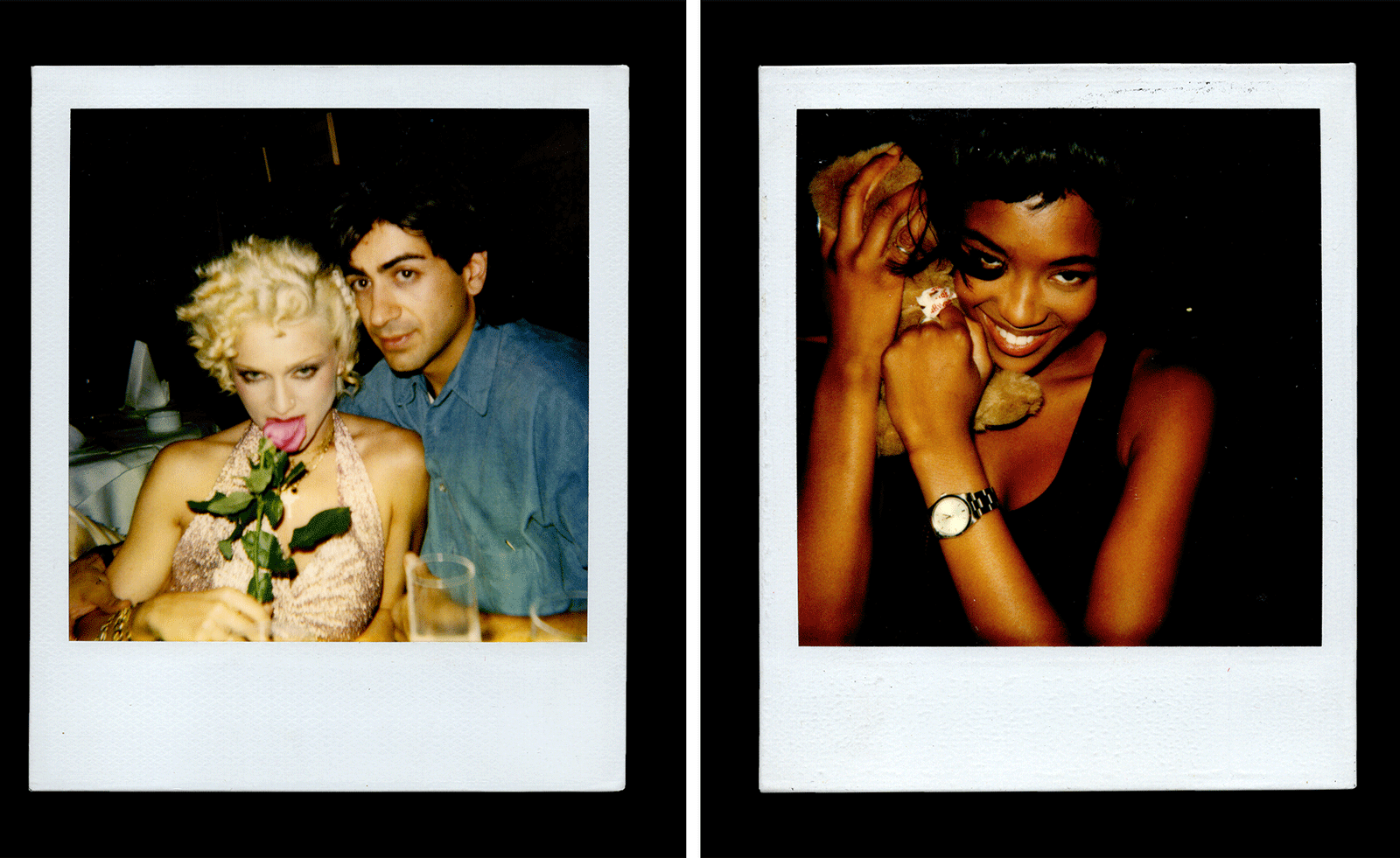 Inside Davé, Polaroids from a little-known Paris hotspot where the A-list played
Inside Davé, Polaroids from a little-known Paris hotspot where the A-list playedChinese restaurant Davé drew in A-list celebrities for three decades. What happened behind closed doors? A new book of Polaroids looks back
-
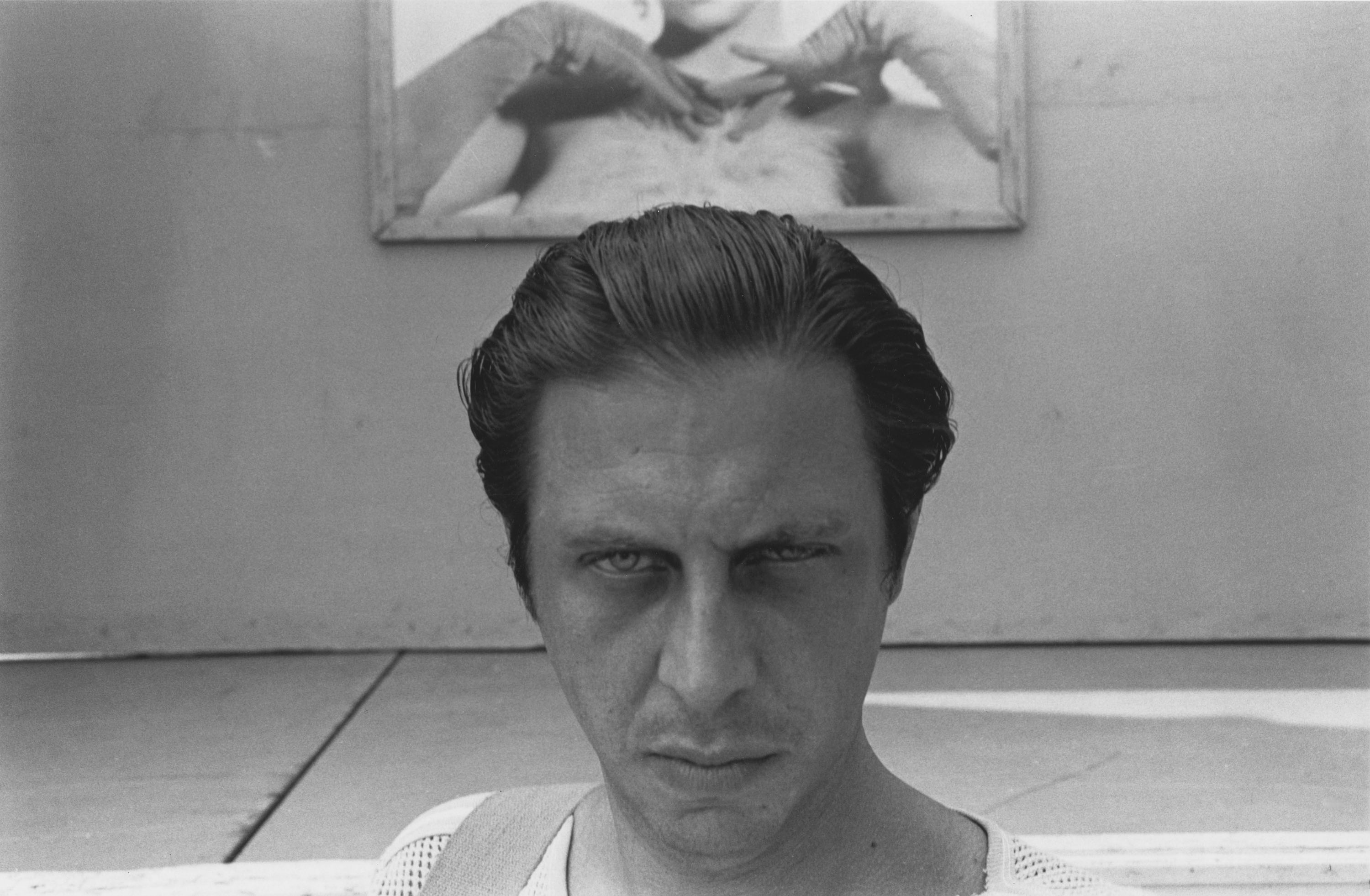 All eyes on Paris Photo 2025 – focus on our highlights
All eyes on Paris Photo 2025 – focus on our highlightsThe world's most important international photography fair brings together iconic and emerging names, galleries large and small – and there’s much to covet